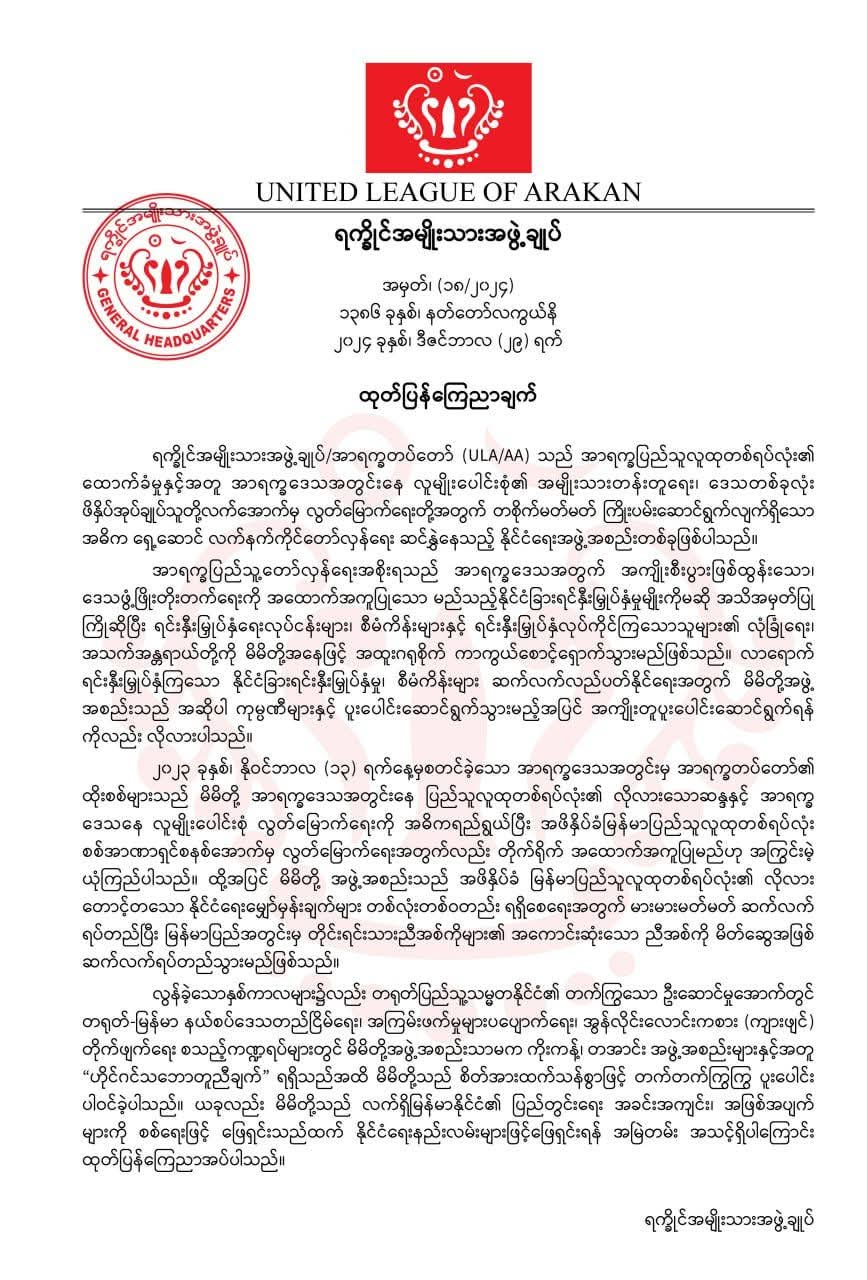

Bagan (also known as Pagan) is an ancient city and historical region located in the Mandalay Region of Myanmar (Burma). It is one of the most significant and iconic archaeological sites in Southeast Asia, known for its impressive collection of ancient temples, pagodas, and monasteries. Here’s an overview of Bagan:
Historical Significance:
- Founding and Growth: Bagan was founded in the 2nd century AD and became the capital of the first Burmese Empire, the Pagan Kingdom, in the 9th century. It flourished between the 11th and 13th centuries and is considered the heart of Burmese culture and religion during that time.
- Golden Age: Under the rule of King Anawrahta (1044–1077), the kingdom experienced a golden age. Anawrahta unified various parts of Burma and introduced Theravada Buddhism to the region, leading to the construction of thousands of temples, stupas, and monasteries in Bagan. This period saw the construction of the most iconic structures in the city.
Temple Complex:
- Bagan is home to over 2,000 temples and pagodas, spread across a vast area of approximately 42 square kilometers (16 square miles). The architecture of these temples is a mix of Indian, Mon, and Burmese influences.
- Notable Structures: Some of the most famous and well-preserved temples in Bagan include:
- Ananda Temple: A massive and elegant temple known for its grand architecture and four large standing Buddha statues.
- Shwezigon Pagoda: A golden stupa that is one of the most important pilgrimage sites in Myanmar.
- Dhammayangyi Temple: The largest temple in Bagan, known for its massive size and unique architecture.
- Thatbyinnyu Temple: The tallest temple in Bagan, standing at 61 meters (200 feet).
Cultural and Religious Importance:
- Buddhism: Bagan is one of the world’s greatest concentrations of Buddhist architecture. The temples and pagodas are not only important as historical landmarks but also continue to be active places of worship and pilgrimage.
- Art and Architecture: The temples of Bagan are masterpieces of ancient Burmese architecture, showcasing intricate carvings, murals, and statues that represent various aspects of Buddhist teachings and Burmese culture.
Decline:
- In the 13th century, Bagan faced a decline due to multiple factors, including the Mongol invasions led by Kublai Khan in 1287, which caused significant damage to the city. Following these invasions, the kingdom gradually weakened, and the capital moved to Inwa (Ava).
- Natural Disasters: Bagan also suffered from natural disasters such as earthquakes. In 1975, a major earthquake damaged many temples and structures in the region. However, restoration efforts have been ongoing to preserve and protect the site.
UNESCO World Heritage Site:
- In 2019, Bagan was inscribed as a UNESCO World Heritage Site. The designation acknowledges its cultural and historical significance and the importance of its preservation.
Tourism:
- Today, Bagan is a major tourist destination in Myanmar, attracting visitors from around the world who come to explore its ancient temples and pagodas. The landscape is particularly stunning at sunrise and sunset when the sun casts golden light over the temples.
- Hot Air Balloon Rides: One of the most popular activities in Bagan is a hot air balloon ride, offering breathtaking views of the temples scattered across the plains.
Modern Bagan:
- The modern town of New Bagan lies near the ancient ruins, with hotels, restaurants, and other facilities for tourists. Efforts to balance tourism with preservation of the site are ongoing, as Bagan continues to be an important cultural and religious hub.
Bagan remains an enduring symbol of Myanmar’s rich cultural heritage and historical significance.





